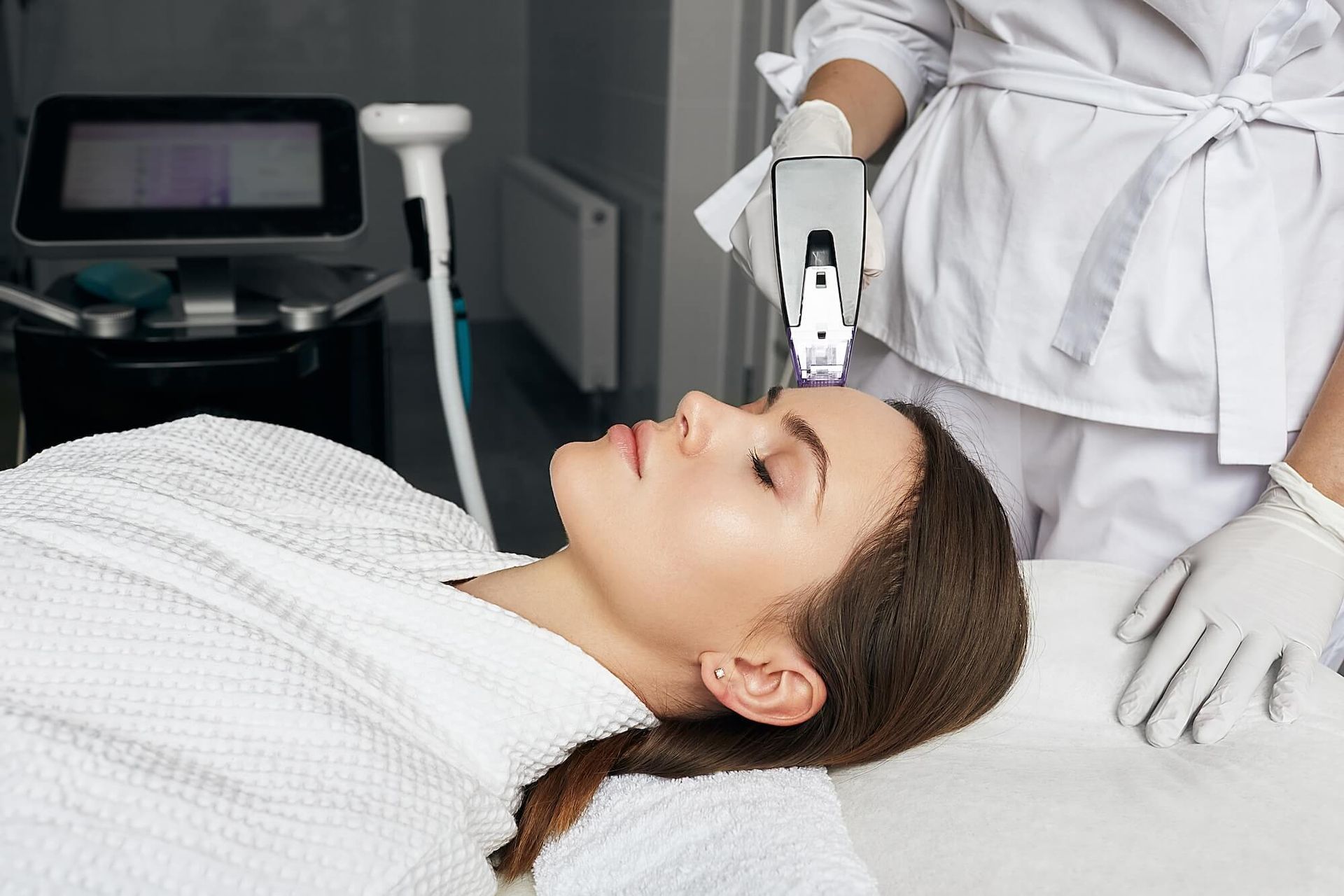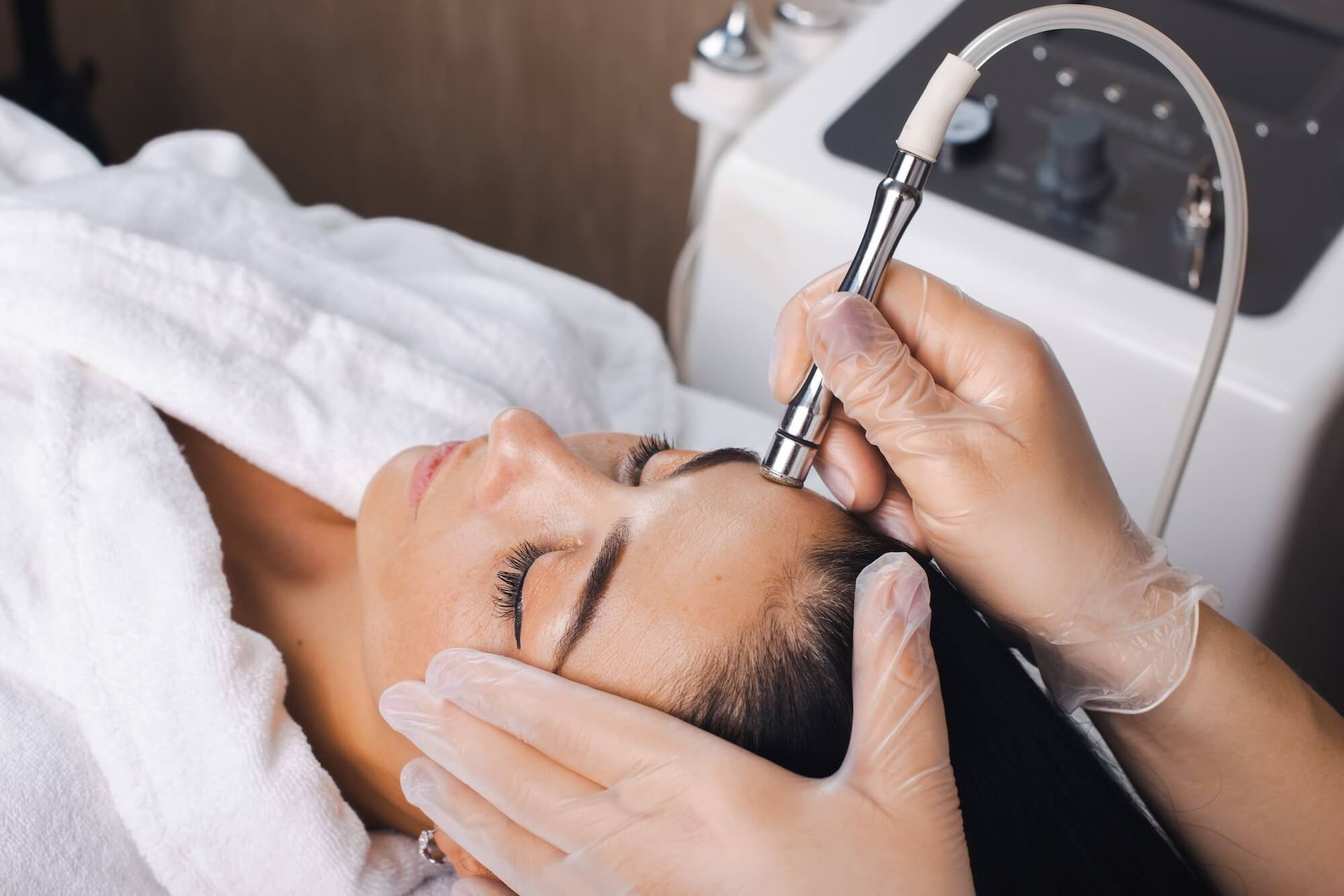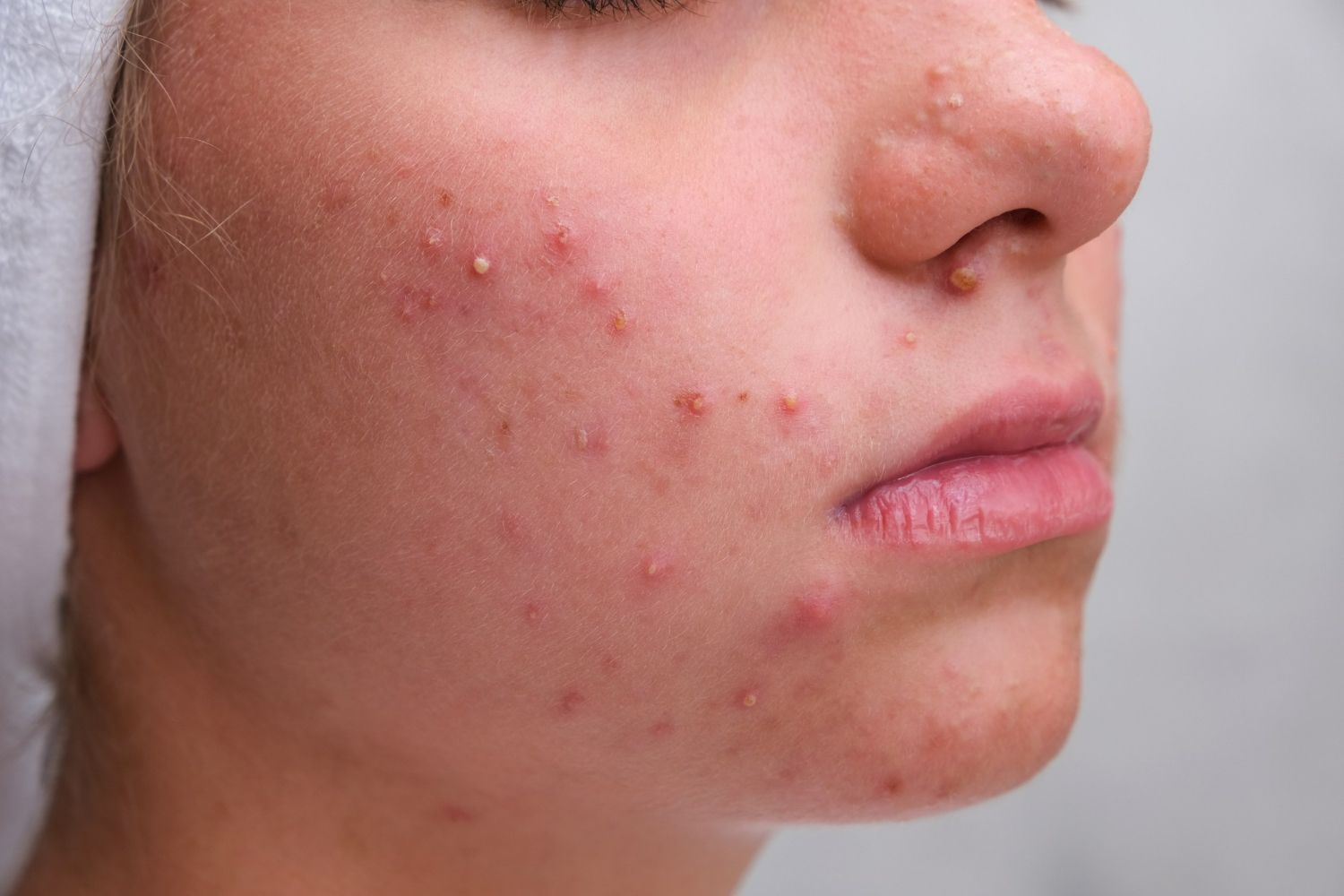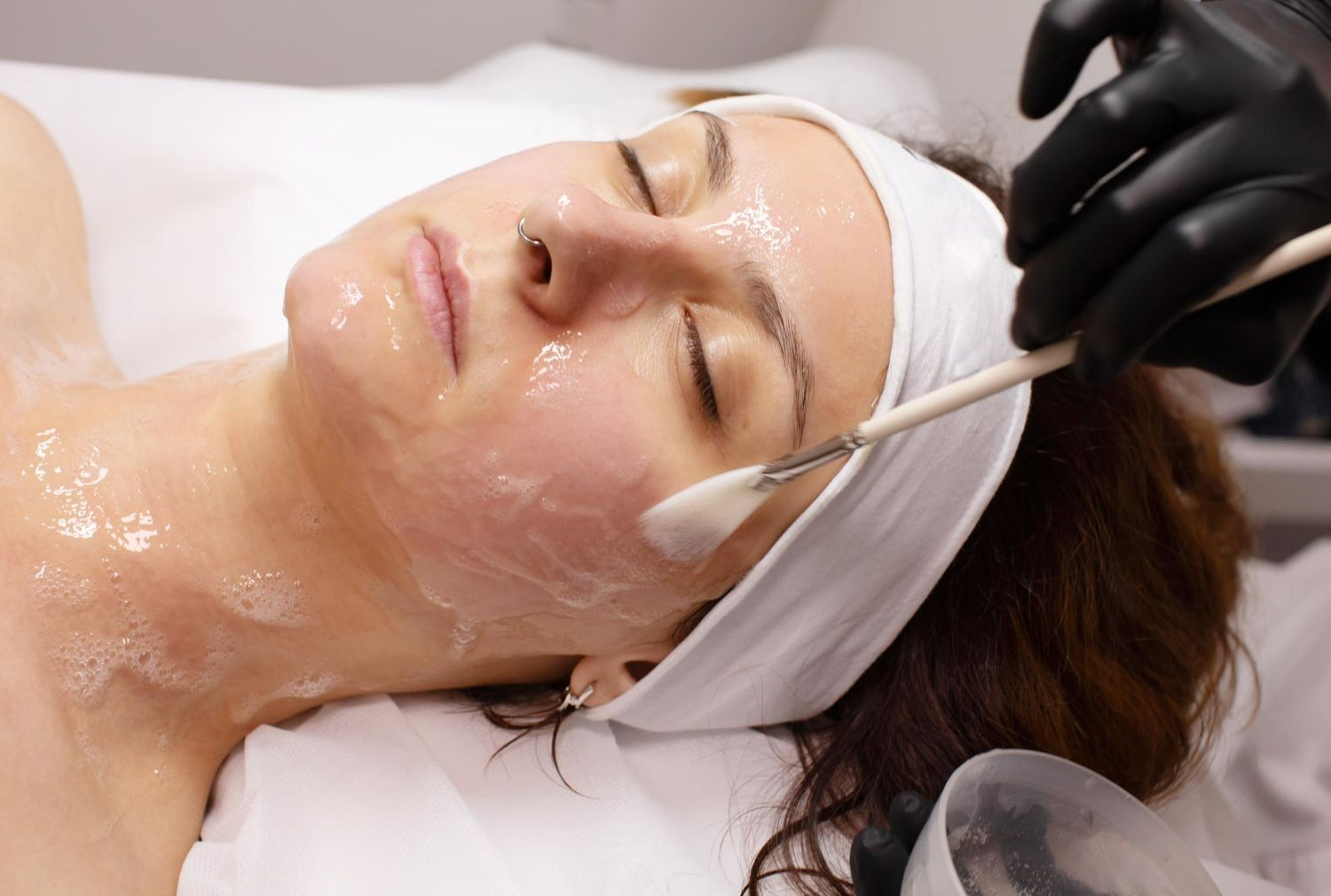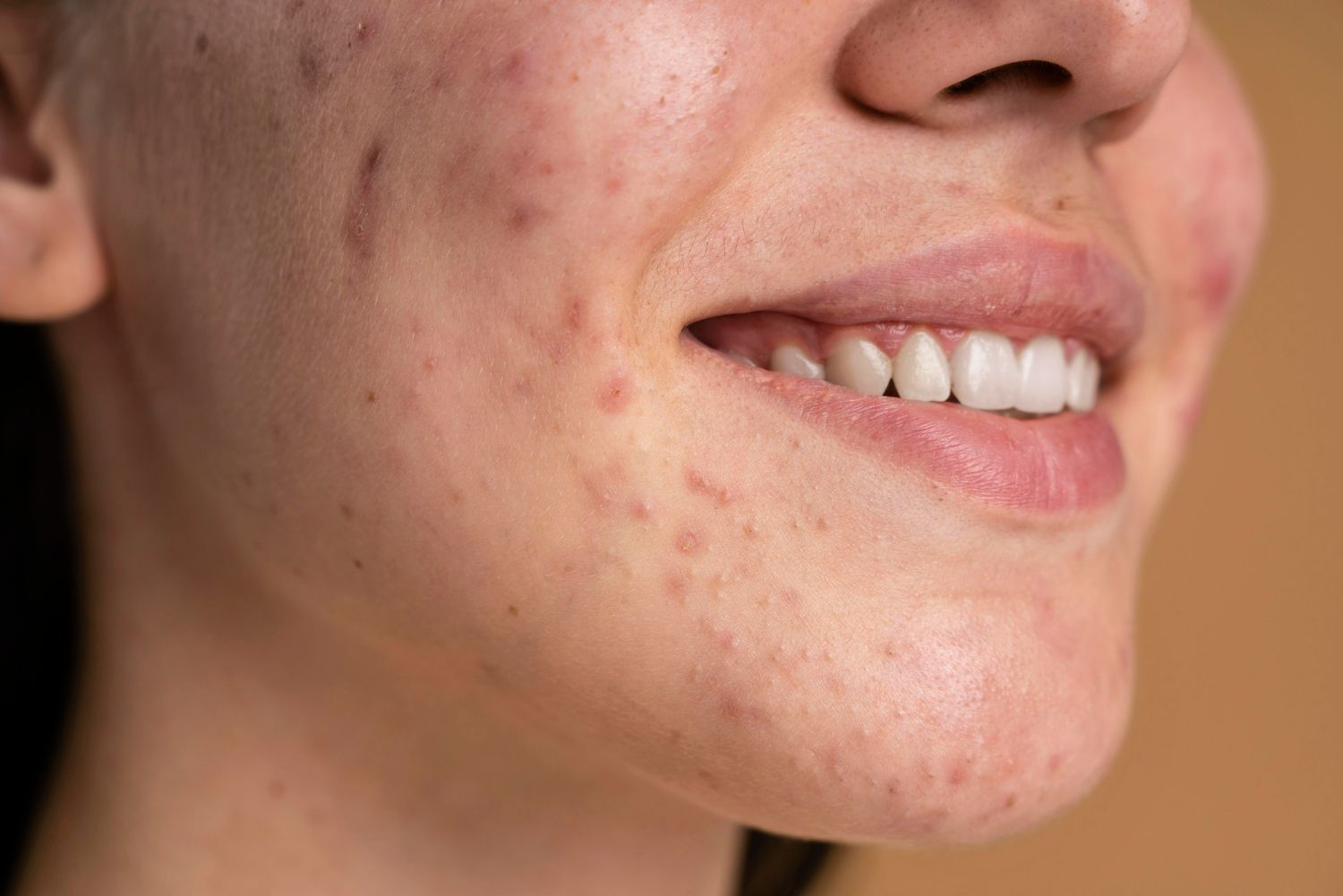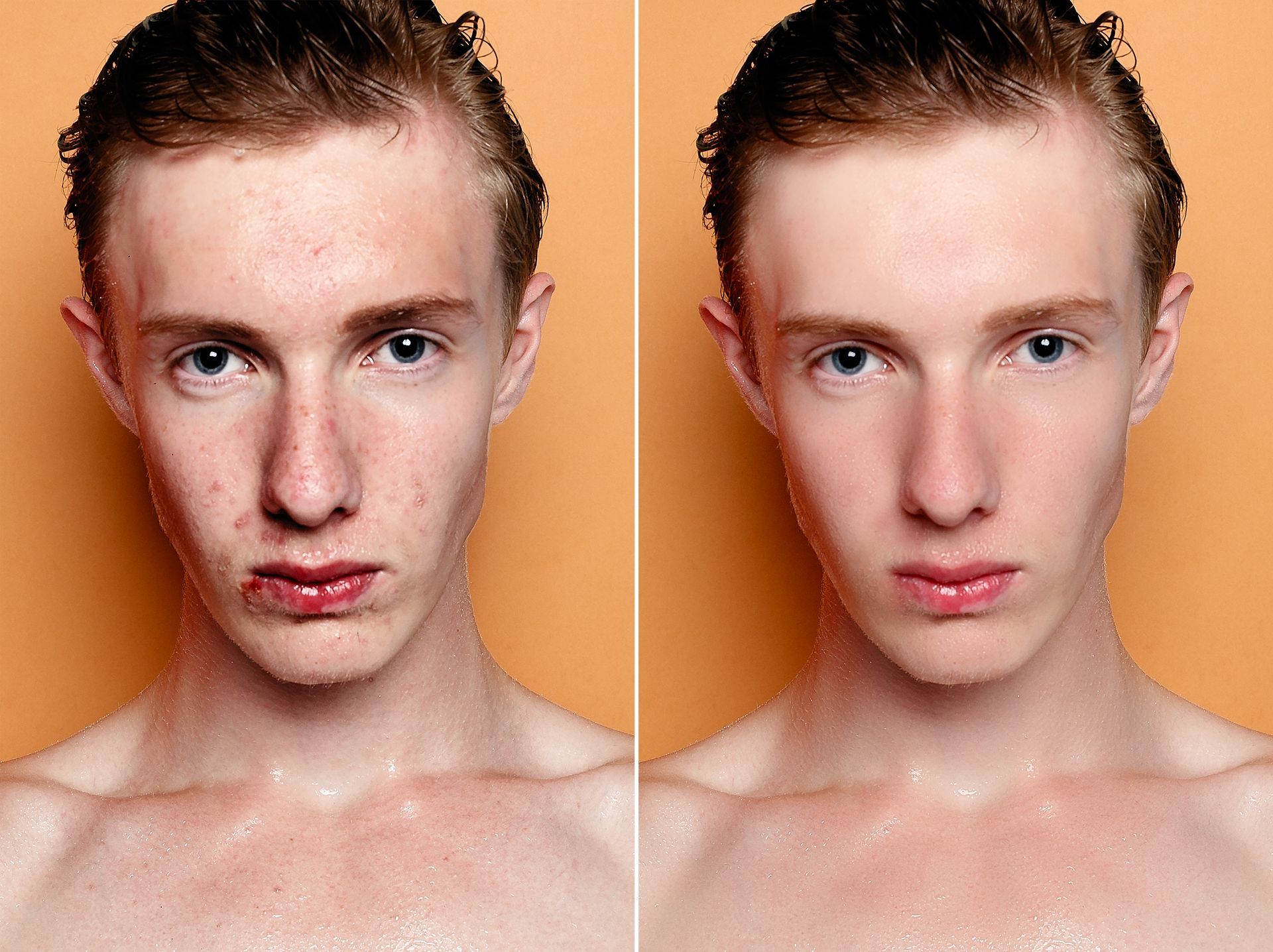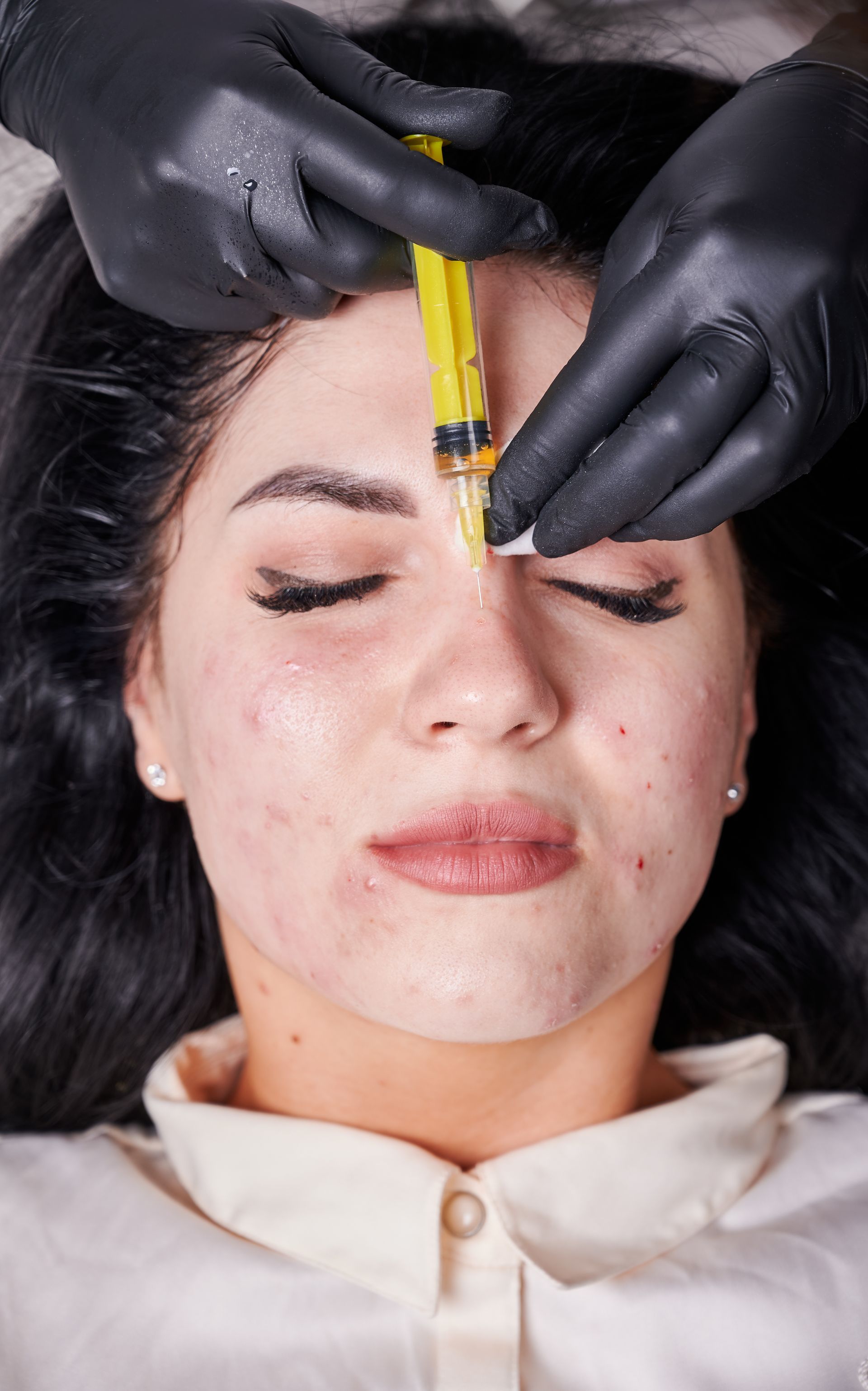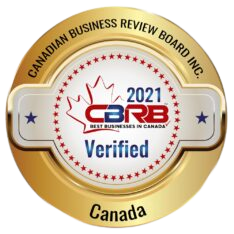By Ildiko Juhasz
•
April 28, 2025
There's something truly magical about a mother's glow—a radiance that comes from unconditional love, resilience, and an endless giving spirit. But let's be honest: balancing work, family, life, and a thousand responsibilities can leave its mark on the skin. This is why, at Derm.ca, we believe mothers deserve skincare routines that not only pamper but truly work, with cutting-edge ingredients and treatments that address both visible signs of aging and deeper, cellular skin health. As we celebrate mothers this season, it's the perfect time to dive into the most exciting trends shaping the future of skincare—treatments we proudly offer to honor that natural glow while empowering every mom to feel as radiant on the outside as she is on the inside. Forget old-school "one-size-fits-all" creams. The skincare world in 2025 is buzzing with innovation: think probiotics for a stronger skin barrier, anti-aging serums with real clinical power, and tech-enhanced treatments like microneedling RF technologies (hello Morpheus8 and Profound RF!) that our Derm.ca specialists use to literally turn back the clock. Whether you're shopping for a Mother's Day gift or revamping your own beauty ritual, it's time to embrace the science, sophistication, and soul behind today's most transformative skincare trends—all available at our clinic. Why Probiotics in Skincare Are Changing Everything For years, the idea of probiotics was reserved for gut health—kombucha, yogurt, supplements. But now, thanks to new dermatological discoveries we've been implementing at Derm.ca, probiotics are making major waves in skincare. Why? Because just like your gut, your skin has a delicate microbiome that needs balance to stay healthy, resilient, and vibrant. Environmental aggressors—pollution, UV rays, harsh cleansers—can disrupt your skin's microbiome, leading to inflammation, dryness, breakouts, and premature aging. That's where topical probiotics (and prebiotics) step in: they help feed the beneficial bacteria on your skin, strengthen your barrier, and boost hydration. At Derm.ca, we recommend Revoderm's HA + Prebiotics Serum as a prime example of this revolution. Powered by low molecular weight hyaluronic acid and potent prebiotic complexes, it delivers deep hydration while supporting your skin's natural defense mechanisms. The result? Skin that's stronger, calmer, and lit from within. For moms juggling endless responsibilities (and environmental stress), this type of daily barrier support is essential for long-term skin health—which is why our dermatologists make it a cornerstone of many treatment plans. Anti-Aging Products That Actually Deliver Results Here's the truth our Derm.ca specialists share with patients daily: aging is beautiful. Fine lines, laugh lines, a little wisdom in the mirror—these are signs of a life lived fully. But who says you can't slow down the aging process a little while preserving that natural glow? Modern anti-aging skincare at our clinic isn't about erasing expression—it's about boosting skin health from the inside out. Today's hero ingredients, like stabilized vitamin C, peptides, retinoids, and hyaluronic acid, work in synergy to rebuild collagen, improve skin tone, smooth texture, and increase elasticity. Our dermatologists frequently recommend Revoderm's Illuminous Antioxidant Serum as a standout product in this arena. It's packed with vitamin C, vitamin E, peptides, and antioxidants that brighten, protect, and deeply nourish the skin. Designed by dermatologists to combat oxidative stress (one of the primary accelerators of aging), this serum offers real, visible results over time. Moms who visit Derm.ca wanting serious skincare solutions without the fluff need products that are scientifically backed—and Illuminous is exactly that. And when our skincare specialists combine it with Revoderm's Multivitamin Moisturizer or Redness Relief Moisturizer , you're creating a skincare regimen that's both potent and pampering—a daily act of self-care and rejuvenation that every mother deserves. Technology Meets Skincare: The Rise of Microneedling RF Treatments at Derm.ca While great skincare forms the foundation of healthy skin, technology is providing the tools to take rejuvenation to the next level. Enter microneedling with radiofrequency (RF)—one of the biggest trends revolutionizing anti-aging treatments that we've pioneered at Derm.ca. Our advanced technologies like Morpheus8 and Profound RF use tiny needles to create microchannels in the skin while simultaneously delivering radiofrequency energy deep into the dermis. This dual-action process stimulates collagen and elastin production dramatically—helping to tighten skin, reduce wrinkles, fade scars, and lift sagging areas without surgery. At Derm.ca, our specialists are particularly renowned for our Morpheus8 treatments, famed for their skin-tightening abilities, delivering smoother, firmer, and more youthful skin with minimal downtime. Our Profound RF treatments, on the other hand, offer a "non-surgical facelift" that creates long-lasting lifting effects by precisely heating deep layers of the skin. As one of Canada's premier dermatology centers, we're proud to offer these cutting-edge treatments alongside customized skincare programs. Our dermatologists know that pairing Morpheus8 or Profound RF sessions with dermatologist-approved products like Revoderm's Illuminous Antioxidant Serum and HA + Prebiotics Serum amplifies results and ensures the skin heals beautifully. For mothers visiting Derm.ca wanting not just maintenance but true rejuvenation, these advanced therapies represent the best of science-meets-beauty. And the best part? You still look like you—just smoother, fresher, and more radiant. Why Skin Barrier Support Is More Important Than Ever One major lesson from our dermatology practice at Derm.ca is this: your skin barrier is everything. A compromised barrier is at the root of so many skin issues—sensitivity, dehydration, redness, breakouts, and premature aging. Spring 2025 trends put skin barrier care front and center in our treatment plans. Rather than aggressive peels or stripping cleansers, the focus is on nourishing, strengthening, and protecting the skin's natural defense layers. This is why our dermatologists recommend gentle yet active products like Revoderm's Hydrating Toner , HA + Prebiotics Serum , and Redness Relief Moisturizer as essentials. These formulas are specifically designed to calm inflammation, deeply hydrate, and protect the skin from environmental damage. By restoring barrier integrity, they help the skin retain moisture, resist irritants, and heal faster after aesthetic treatments—something we prioritize for all post-procedure care at Derm.ca. For mothers dealing with hormonal changes, stress, or simply the toll of daily life, our dermatologists emphasize that supporting the barrier is the key to maintaining vibrant, healthy skin for years to come. If you're ingredient-obsessed (and who isn't?), you'll love the lineup of star players in the treatments and products we recommend at Derm.ca. Hyaluronic acid remains a hydration hero, but now brands like Revoderm are focusing on using different molecular weights of HA for multi-level hydration—penetrating deep into the dermis, not just sitting on the surface. Peptides are another must-have in our treatment protocols, helping to rebuild collagen and support firmness. Meanwhile, stabilized vitamin C is not just about brightening anymore—it's a powerhouse for antioxidant protection against pollution, UV rays, and blue light. Prebiotics and probiotics continue to rise in popularity in our practice, helping to regulate inflammation, repair the skin barrier, and create a healthier complexion overall. We're proud that Derm.ca is leading the way in integrating these ingredients into treatment plans that work for sensitive, aging, and acne-prone skin alike. The Beauty of Personalized Skincare at Derm.ca Customization is another huge trend we embrace at our clinic. Mothers know better than anyone that one-size-fits-all doesn't work—not for kids, not for life, and definitely not for skincare. Derm.ca's philosophy centers on this truth, offering routines tailored to individual skin concerns: whether you're battling pigmentation, rosacea, dryness, acne, or a combination. For example, a mom visiting our clinic with sensitive, redness-prone skin might receive a treatment plan featuring a daily combo of Hydrating Toner + HA + Prebiotics Serum + Redness Relief Moisturizer. Meanwhile, another mom focused on brightening and firming might leave with a personalized regimen featuring the Illuminous Antioxidant Serum + Retinol EyeLyte Complex + Age Defy Mineral Antioxidant Sunscreen. At Derm.ca, we firmly believe personalized skincare is no longer a luxury—it's a necessity for achieving real, sustainable results. Why Choose Derm.ca for Your Skincare Journey Created by dermatologists, backed by science, and designed with real women's lives in mind, our approach at Derm.ca isn't about quick fixes or empty promises. It's about empowering people with the tools to care for their skin wisely, effectively, and beautifully. What sets Derm.ca apart? Board-certified dermatologists with specialized training in aesthetic procedures Medical-grade products and treatments in luxurious, elegant surroundings A focus on skin barrier health, microbiome support, and holistic skin wellness No gimmicks—just real, clinically proven results In a world full of marketing hype, Derm.ca's commitment to honesty, transparency, and dermatological excellence is a breath of fresh air. For the busy mom who wants serious skincare without the noise, our clinic is the perfect partner. Honor Your Skin, Honor Yourself Being a mother is one of life's greatest adventures—and it deserves celebration at every stage. As you honor your inner strength and love, don't forget to honor your skin as well. Invest in rituals and treatments that nourish, protect, and celebrate you. Whether it's embracing probiotic skincare, exploring new anti-aging ingredients, or taking the plunge into technology-enhanced rejuvenation like our signature Morpheus8 treatments, there's never been a better time to prioritize your skin health at Derm.ca. Glowing, resilient skin is not just about looking beautiful—it's about feeling empowered, confident, and proud. With Derm.ca's expertise and the latest in dermatological innovation, that goal is more achievable than ever. Ready to honor your glow? Book your consultation at Derm.ca today—where science, soul, and a little sparkle come together to create the ultimate skincare experience for mothers.
